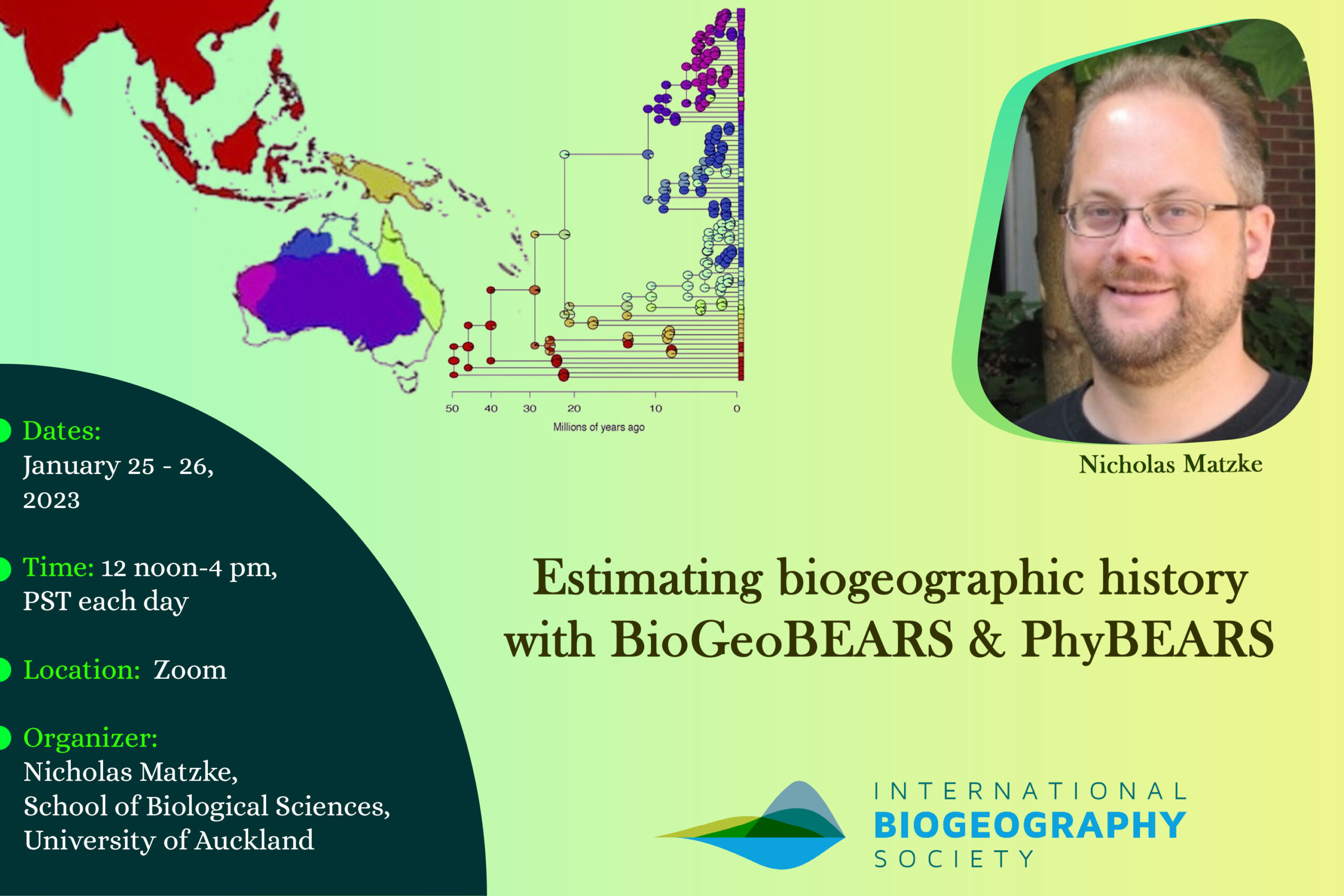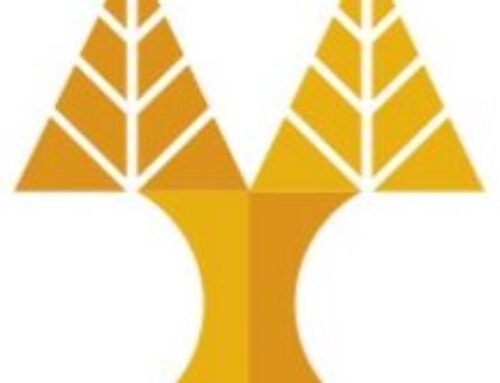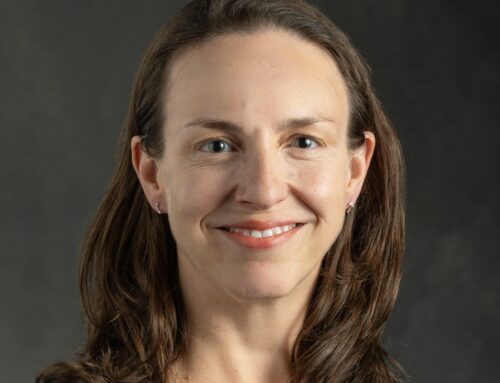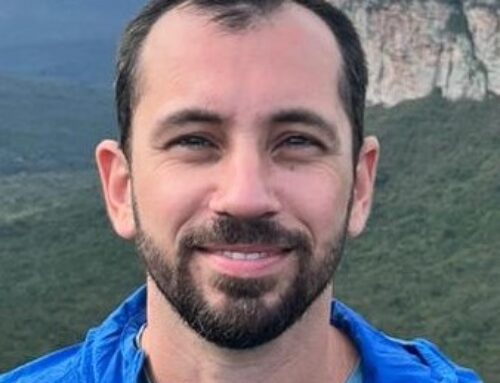Historical biogeography methods have long been dominated by the “dispersal versus vicariance” debate, and different computer programs (e.g. DIVA, Lagrange, BayArea) have made different fixed assumptions about the importance of these processes. Researchers typically just run the different programs, and observe whether or not the inferences differ, but they have no ability to judge, statistically, which of the models best fits the data, or whether another model (for example, one including founder-event speciation) might be better than any of these.
The R package BioGeoBEARS, developed by Nicholas Matzke, allows users to build models that give different probability to vicariance, dispersal, and other processes, as well as build more complex models (dispersal probability as a function of distance, island emergence and submergence, inclusion of fossil data). All of the models are directly comparable in the common framework of statistical model choice.
However, all biogeographic reconstruction models based on discrete areas are computationally limited by the resulting number of range states, which grows exponentially with the number of areas. The standard biogeography models have also been criticized for ignoring the process of lineage extinction. In the last decade another kind of models, the State-dependent Speciation and Extinction (SSE) models, have been developed incorporating birth-death processes where the speciation and extinction rates are dependent on the state of an evolving character (such as the distribution range).
The package PhyBEARS, also developed by Matzke, makes SSE-type models accessible for large numbers of states/ranges. It is implemented in Julia, a more computationally efficient language than R. PhyBEARS can run the same models as BioGeoBEARS more efficiently, and then add lineage extinction, as well as more variants such as extinction dependent on area size.
Aims
Attendees of this workshop will learn how to build and test models in BioGeoBEARS and PhyBEARS, as well as necessary skills in R, Julia and statistical model selection.
Target audience







